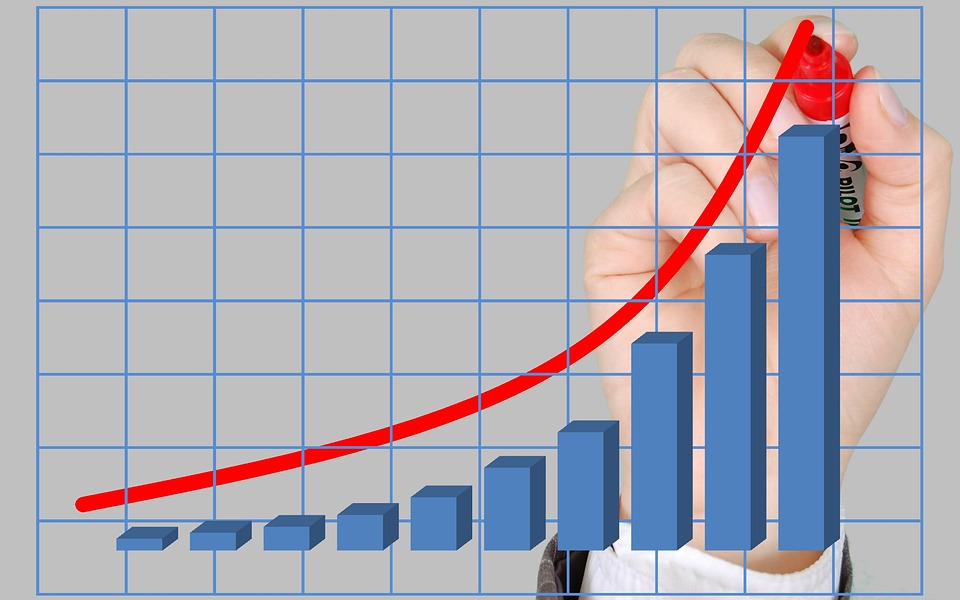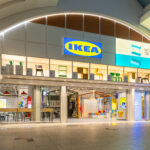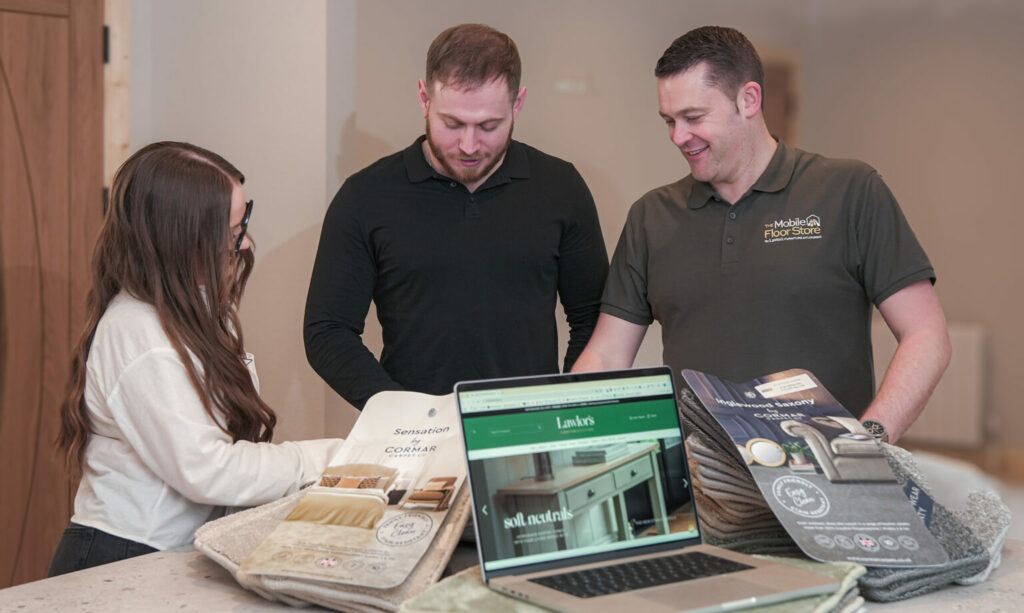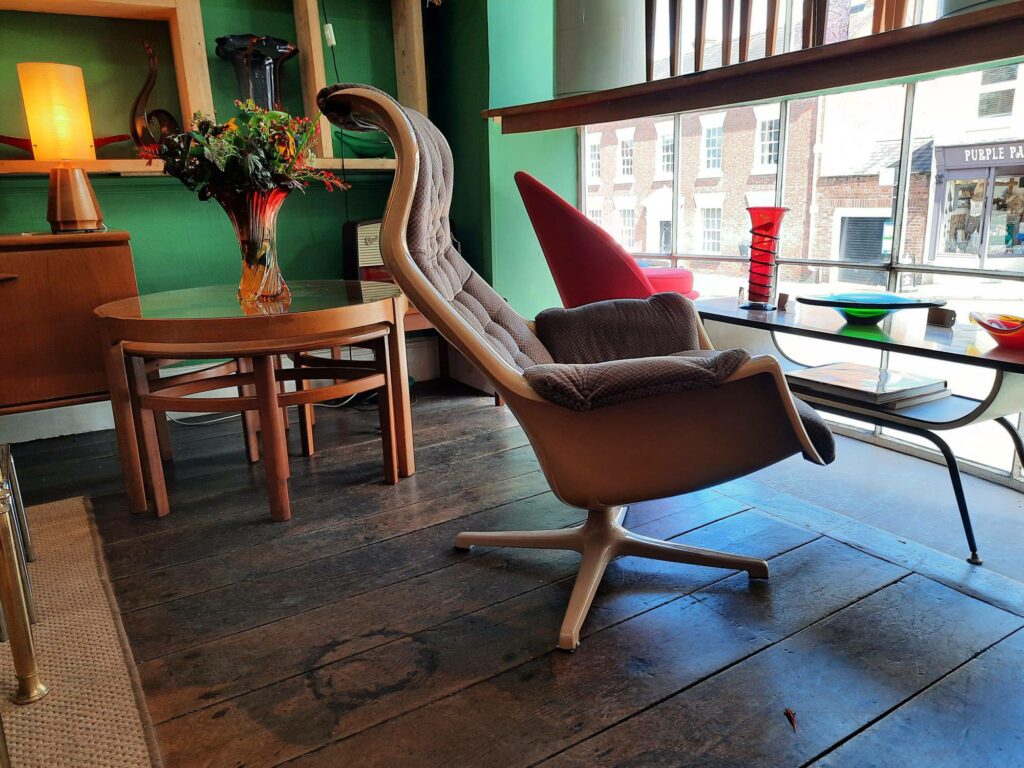Shop price inflation hit its highest rate since March last year, fuelled by food price rises, says the latest British Retail Consortium (BRC) data.
According to the BRC-NIQ Shop Price Monitor, Shop price inflation increased to 0.9% year on year in August, against growth of 0.7% in July. This is above the 3-month average of 0.6%.
Non-Food inflation increased to -0.8% year on year in August, against a decline of -1.0% in July. This is above the 3-month average of -1.0%. Food inflation increased to 4.2% year on year in August, against growth of 4.0% in July. This is above the 3-month average of 3.9%.
Helen Dickinson, Chief Executive of the BRC, said: “Staples such as butter and eggs saw significant increases due to high demand, tightening supply, and increased labour costs. Chocolate also got more expensive as global prices of cocoa remain high owing to poor harvests. There was some respite for parents ahead of the new academic year, with lower prices for clothing, books, stationery, and computing.
“Retailers continue doing everything they can to limit price rises for households, but as the Bank of England acknowledged, the £7bn in new costs flowing through from last year’s Budget has created an uphill battle for retailers.
“That is why over 60 retail CEOs recently wrote to the Chancellor with a call to ensure there are no further taxes rises on retail this Autumn. The planned business rates reforms present an opportunity to deliver a meaningful reduction in retail, hospitality and leisure bills, ensure no shop pays more as a result and help retailers keep prices low for customers.”
Mike Watkins, Head of Retailer and Business Insight, NIQ, said: “The uptick in prices reflects several factors: global supply costs, seasonal food inflation driven by weather conditions, the conclusion of promotional activity linked to recent sporting events, and a rise in underlying operational costs. As shoppers return from their summer holidays, many may need to reassess household budgets in response to rising household bills.”















